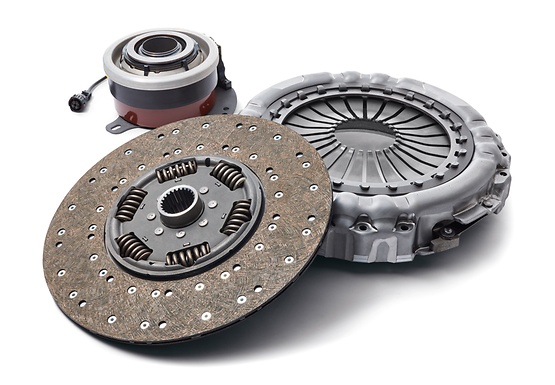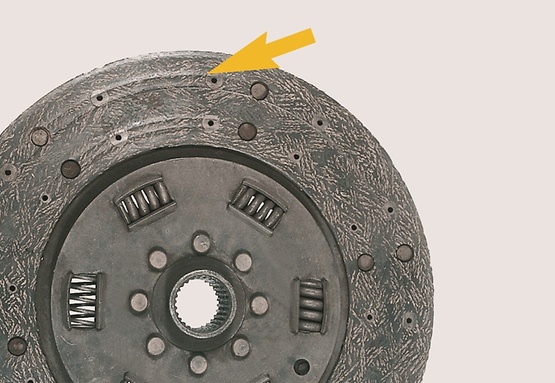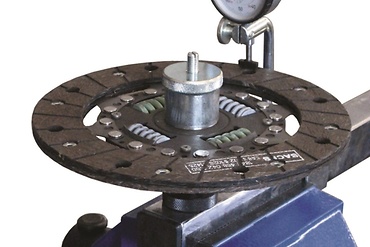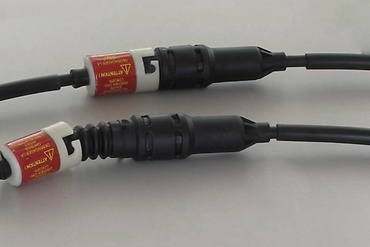
Identify Common Clutch Problems & Their Solutions
Clutch problems can cause numerous problems with the functionality of your car. This blog post will make it easier for you to spot common clutch problems and learn how to fix them so that your car may run efficiently.
What Is a Clutch?
A clutch refers to a device found in a car that links and unlinks the engine with the transmission. In a manual car, for instance, the moment the clutch is depressed, the connection between the engine and the transmission is severed, enabling one to shift gears. It is essential to learn what a clutch is and how this assembly performs because it controls your car’s operation.
Types of Clutch Systems
That is why there are numerous clutch systems used in the vehicles, and they differ from one another. Here's a breakdown:
It is also referred to as the fixed-lever or longitudinal-shift type clutch and is used in most manual transmission cars. It employs a single friction plate to act on the engine and the transmission with clamping forces.
Usually employed in motorcycle and automatic car clutch assembly, wet clutches are submerged in oil for reduction of heat and wear.
Usually found in racing bikes, this type of clutch is nothing like the wet clutch that requires oil to lubricate; it just has two sets of plates that rub against each other in a bid to transfer the torque.
Clutches used in small mopeds are of this type; the connection is achieved with the help of centrifugal forces; therefore, the driver has to interfere minimally.
Fluid couplings, which include torque converters in automatic car clutch systems, are arrangements used in power transmission that employ fluids.
How Does a Clutch Work in a Manual Car?
In a manual vehicle, several components make up the clutch system:
This part is bolted to the stock of the engine and turns with it assisting to transmit power to the clutch.
Located at the outer part of the gearbox, the pressure plate pushes the clutch disc through the help of springs.
This disc is positioned between the flywheel and the pressure plate and plays a crucial role in shifting the transmission.
This bearing allows the clutch pedal to release the pressure plate and disengages the engine from the transmission.
All of these cylinders are used to apply hydraulic pressure, which assists in either pushing or releasing the clutch.
Signs of Common Clutch Problems
To avoid any issues on the road, it is therefore very important to identify the first signs of some common clutch problems.

If the clutch slips, it shifts the clutch disk without any reference to the pressure plate and does not give the wheels the engine torque, and the engine will be hard working to move to the next faster gear, but the car does not change its speed.
If when you press your clutch pedal it feels soft like a marshmallow or a sponge rather than a rigid object, then extreme caution is required, as your hydraulic clutch is gradually dying and clutch replacement may soon be necessary, as the clutch is overissued for replacement in your car.
Other symptoms may be experienced to include situations where there may be problems in shifting from one gear to another, and this may be attributed to a failure in complete disconnection of the clutch through the friction plate.
Solutions for Common Clutch Problems
Once you've identified common clutch problems, here are some possible solutions:
A clutch that is worn out should be changed as early as possible to prevent additional harm to the transmission system.
If the clutch pedal is an issue, then certainly the hydraulic systems or cable have to be checked and, at times, corrected.
Other automobile repair works may include; for instance, the clutch may need correction to problems like shifting gears, and in some extreme cases, correction of the clutch cable or hydraulic system may suffice.
Conclusion
The general clutch issues and their solutions should be known in order to have your vehicle in its best state. This is true whether one is trying to determine what a clutch is, the manner in which a clutch functions, or when the clutch ought to be replaced whenever it shows signs of failure.
FAQs
The first symptoms of clutch problems are clutch slippage, difficult gear shifting, and alterations in the texture and firmness of the clutch pedal.
To diagnose your car, determine if you have a bad clutch, put the car in gear while in gear, and accelerate slightly. If a car’s engine revs without the car speeding up or if it is difficult to shift gears, then the clutch is damaged.
The signs of clutch failure are the clutch slips, the hard time shifting gears, and the clutch pedal feeling too soft or very tight.
Generally, clutches are to be checked after one has used a car for about 60,000 to 100,000 kilometers on the road, but this depends on the type of car and the kind of usage it is given.
ZF Aftermarket product range
Discover the complete portfolio of clutch systems in our product catalog.


